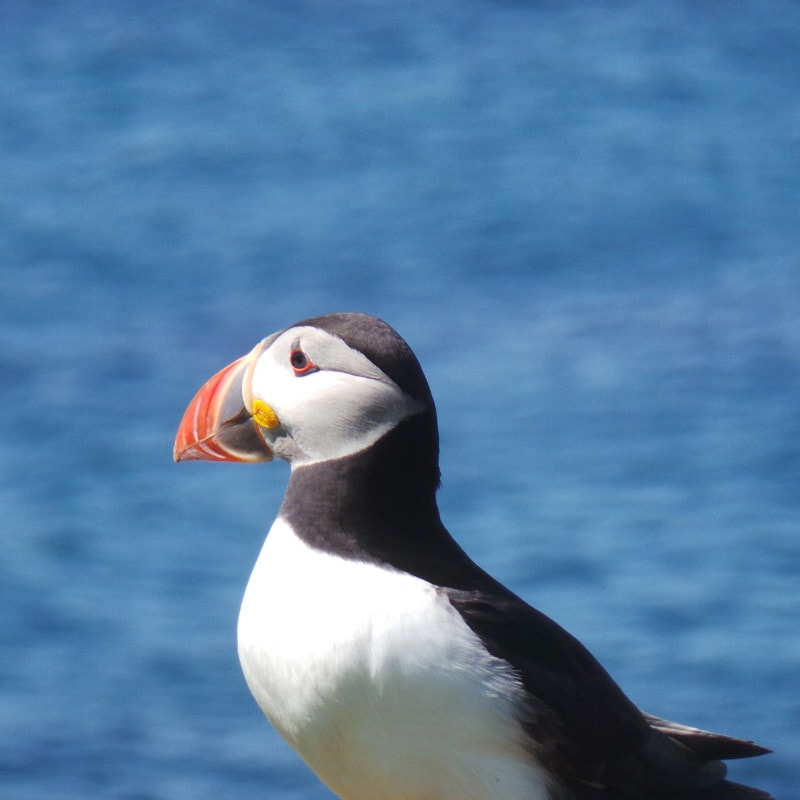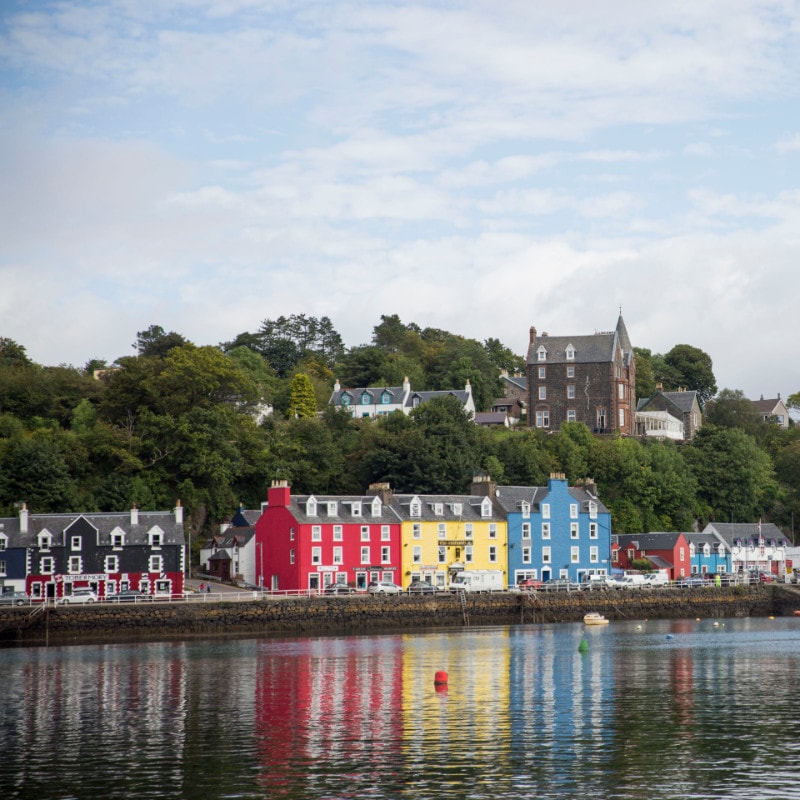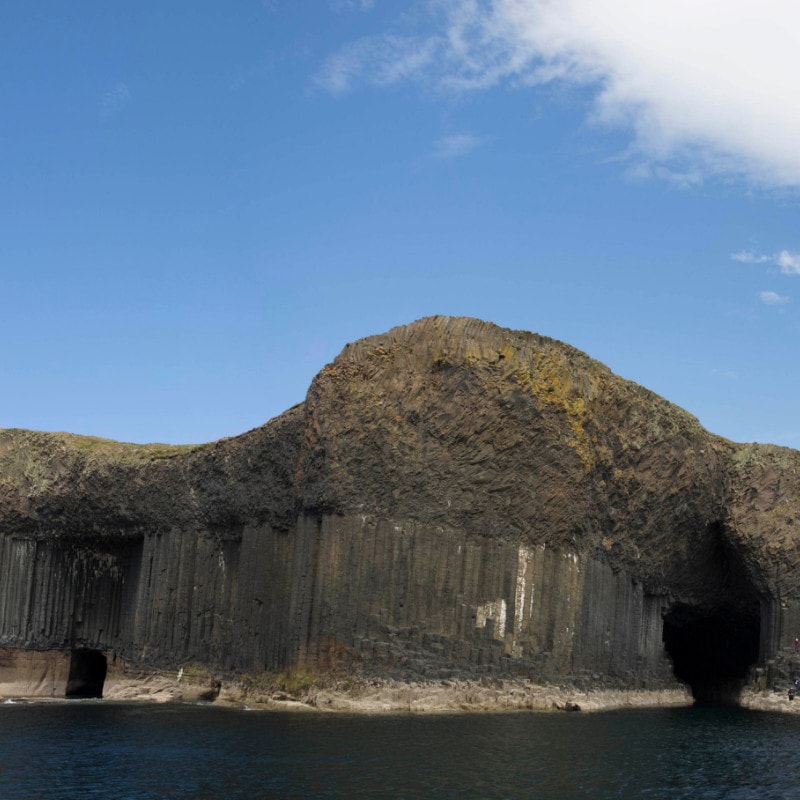Home to some of the most incredible species of wildlife, Scotland’s West Coast offers refuge to one of the ocean’s most impressive and majestic creatures, the killer whale – otherwise known as the Orca. According to the Hebridean Whale and Dolphin Trust, Scotland’s community of orca’s consists of only nine members; less than a quarter of the average orca community. The pod (group) is composed of four male and five female members. The males in this community are named John Coe, Floppy Fin, Comet and Aquarius. The female pod consists of Nicola, Moon, Lulu, Moneypenny, and Occasius.

Typically, there are two different types of pods for Orca’s. The first type is often referred to as a resident pod, which is less aggressive and tends to feed on fish. The second type of pod is a transient pod which are more aggressive and often hunt in teams to catch larger and more difficult prey, similar to wolf packs. Of these two types, Scotland’s whale community is believed to have characteristics most resembling a resident pod.
Scotland’s group of killer whales are visible all year round, especially around the Small Isles and Skye. However, due to limited size of their pod, sightings of the orca are rare. Furthermore, it is widely considered that future sightings of Scotland’s Orca’s will only become more scarce as they are now believed to be an endangered species. This is because a calf has not been spotted with the group for many years, which has led researchers to speculate that the women in the west coast community are post re-productive.
Other than humans, Orcas are the most widely distributed mammal in the world and tend to live in the oceans and seas surrounding most coastal countries. Their wide global distribution is partly explained by their ability to adapt to a variety of different habitats. For example, the killer whale is comfortable in the warm waters near the equator as well as the icy waters of the North and South Pole Regions.
Orcas are also considered the largest species of the dolphin family. Weighing up to an astonishing 6 tons (5443 Kilograms) and grow up to 32 feet (9.7 meters), the orca is a highly mobile creature that can travel at a speed of 35 miles per hour.
Although renowned for their predatory instincts, killer whales don’t normally attack humans. Their name is attributed to their predatory skills which have established the orca at the top of the animal food chain. Using their massive teeth, which can grow up to four inches, the orca will generally feed on birds, squid, octopus, sea turtles, sharks, rays and fish, however the orca will prey on almost any animal they can find in the sea, in the air over the water or along the coast line, such as seals.
In Scotland, excitement around the whales is growing and thousands of people are being encouraged to send in photos of their sightings of the apex predator to the Sea Watch Foundation and Hebridean Whale and Dolphin Trust.
The West Coast of Scotland is renowned for its variety of spectacular wildlife. The orca only adds to the West Coasts selection. Therefore, for anyone with a passion for wildlife or interested in whale watching, we encourage you to consider the West Coast of Scotland for your next trip.
Image Credit: Mike Charest








